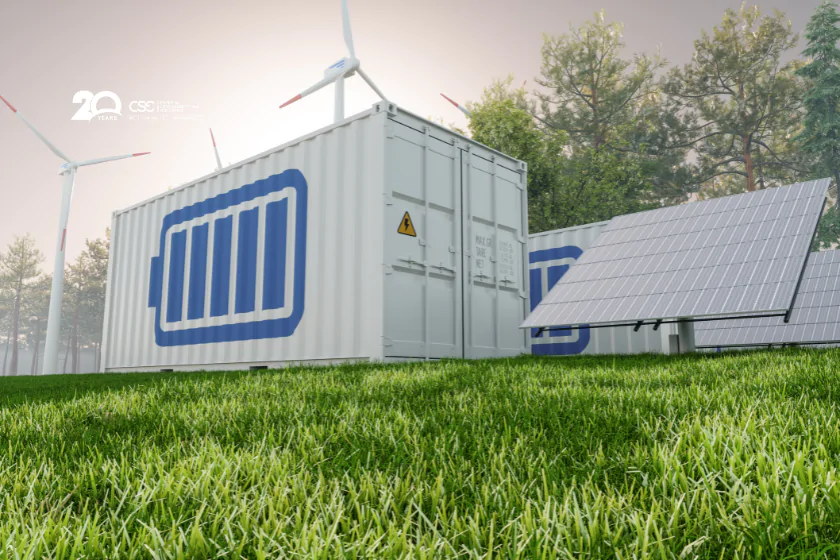Battery storage investments in 2025 are experiencing unprecedented growth, reshaping the global energy transition and corporate ESG strategies. The surge is not only a response to the clean energy demand but also a strategic pillar for companies committed to net-zero targets. According to the International Energy Agency (IEA), global energy investment is projected to hit a record $3.3 trillion this year, with a significant share directed toward renewable energy and battery storage projects.
The 2025 Battery Storage Boom
Last year, battery storage capacity in the U.S. grew faster than ever before. Environment America reports that 2025 is set to surpass those figures, positioning battery storage as a cornerstone of the clean energy grid. The expansion is fueled by a mix of policy incentives, technological breakthroughs, and the urgent need for grid resilience amidst climate risks.
Key Drivers of Investment
-
Policy Support: The Inflation Reduction Act (IRA) and state-level incentives continue to drive private investment in energy storage infrastructure.
-
Corporate Net-Zero Commitments: Companies seeking to reduce Scope 2 emissions are increasingly investing in or sourcing energy from grids backed by battery storage.
-
Grid Reliability Needs: With extreme weather events on the rise, utilities and municipalities are investing in storage solutions to stabilize energy supply.
Implications for ESG Strategies
Battery storage investments align directly with the E (Environmental) pillar of ESG. By enabling more consistent use of renewable energy sources like solar and wind, battery systems reduce reliance on fossil fuels during peak demand. Moreover, they contribute to grid stability, reducing the environmental impact of energy production.
For companies, integrating battery storage into their operations or supply chains offers several ESG benefits:
-
Lower Carbon Footprint: Enhanced access to clean energy lowers greenhouse gas emissions.
-
Resilience and Risk Management: Storage solutions mitigate risks related to energy price volatility and supply disruptions.
-
Positive ESG Ratings: Investors are increasingly evaluating corporate ESG scores based on tangible infrastructure investments supporting sustainability.
Opportunities Across Industries
Beyond utilities, sectors like manufacturing, data centers, and transportation are integrating battery storage solutions. For example:
-
Manufacturers deploy on-site storage to manage energy loads and reduce operational costs.
-
Data centers use storage for backup power, ensuring uptime while reducing diesel generator reliance.
-
Electric vehicle (EV) infrastructure expansion depends heavily on battery storage to balance grid loads.
These sector-wide applications reinforce battery storage as a critical enabler of the net-zero infrastructure.
Clean Tech Innovation & Future Outlook
Technological advancements continue to enhance battery efficiency, lifespan, and safety. Emerging technologies like solid-state batteries and second-life EV batteries are expected to further lower costs and environmental impact. As these innovations mature, investment opportunities will expand, attracting institutional investors focused on sustainability-linked assets.
The IEA emphasizes that to meet global climate targets, annual battery storage installations must triple by 2030. The momentum built in 2025 sets a robust foundation for this trajectory.
Training ESG Leaders for the Energy Transition
Understanding the intersection of energy storage and ESG is now essential for sustainability professionals. The Certified Sustainability Practitioner Program by CSE equips professionals with the tools to integrate emerging clean tech trends into corporate strategies. By enhancing their expertise, participants can effectively contribute to their organizations’ sustainability goals while navigating a rapidly evolving energy landscape.
Battery storage investments in 2025 represent more than just an energy trend—they are a strategic imperative for sustainable growth. As companies and governments align on climate goals, the integration of battery storage solutions will be pivotal in shaping a resilient, low-carbon future.







